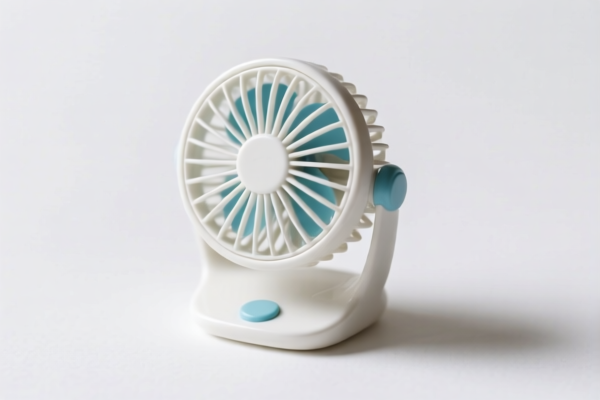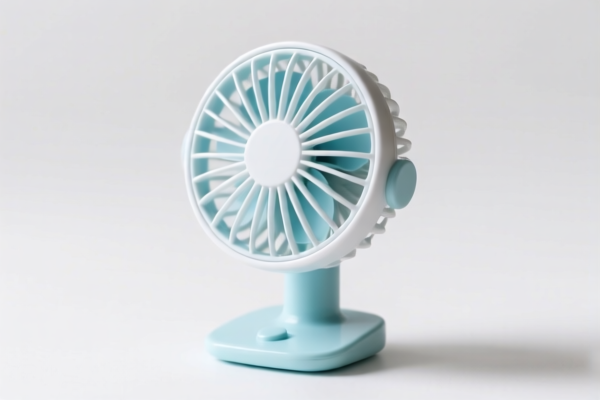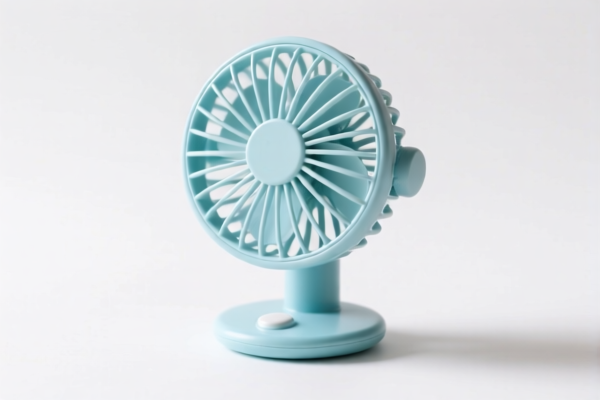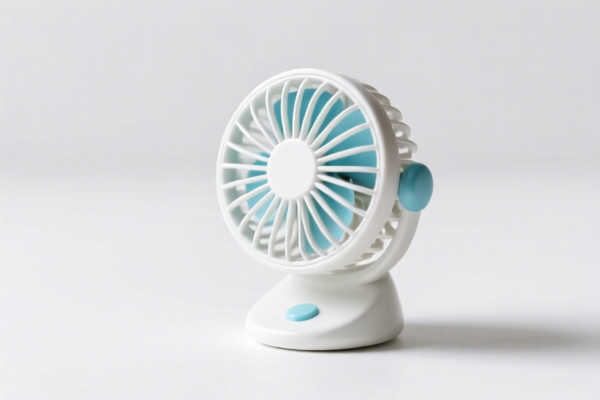| HS Code | Official Doc | Tariff Rate | Origin | Destination | Effective Date |
|---|---|---|---|---|---|
| 9011800000 | Doc | 55.0% | CN | US | 2025-05-12 |
| 9011900000 | Doc | 55.0% | CN | US | 2025-05-12 |
| 9031410020 | Doc | 55.0% | CN | US | 2025-05-12 |
| 8419909580 | Doc | 59.0% | CN | US | 2025-05-12 |
| 8479899599 | Doc | 57.5% | CN | US | 2025-05-12 |
| 8479899599 | Doc | 57.5% | CN | US | 2025-05-12 |




Mini Microscope
A mini microscope is a portable, often handheld, magnification device used for close examination of small objects or samples. Unlike traditional microscopes requiring dedicated setups, mini microscopes prioritize compactness and ease of use.
Materials & Components
Mini microscopes commonly utilize a combination of the following:
- Lenses: Typically employ multiple lenses (objective and eyepiece) to achieve magnification. Lens material is often glass or acrylic. Digital mini microscopes incorporate CMOS image sensors.
- Housing: Constructed from plastic, metal (aluminum alloys are common), or a combination thereof, providing structural support and protection.
- Illumination: Integrated LED lighting is standard, offering adjustable brightness for optimal viewing. Some models use external light sources.
- Power Source: Operate on batteries (AAA, AA, or rechargeable lithium-ion) or via USB connection to a computer or power bank.
- Base/Stand: Many include a small base or stand for stable positioning, though handheld versions are common.
- Digital Components (for digital models): Include a CMOS sensor, image processing chip, display screen (LCD or OLED), and potentially memory for storing images and videos.
Purpose & Function
The primary function of a mini microscope is to magnify small objects, allowing users to observe details not visible to the naked eye. Applications include:
- Inspection: Quality control in manufacturing, examining circuit boards, identifying defects in materials.
- Hobbyist Use: Coin collecting, stamp collecting, jewelry making, insect observation, plant analysis.
- Educational Purposes: Science education, biology studies, demonstrating magnification principles.
- Field Work: Geology, environmental science, quick sample analysis in remote locations.
- Repair & Maintenance: Examining small components in electronics or mechanical devices.
Usage Scenarios
- Handheld Inspection: Directly viewing a sample by holding the microscope close to it.
- Benchtop Use: Placing the microscope on a stable surface and positioning the sample under the objective lens.
- Connected to Computer: Using a USB connection to display the magnified image on a computer screen, capture images/videos, and perform measurements.
- Mobile Device Connection: Some models connect to smartphones or tablets via USB or wirelessly (Bluetooth), allowing for image capture and sharing.
Common Types
- Optical Mini Microscopes: Traditional magnification using lenses. Magnification typically ranges from 60x to 200x.
- Digital USB Microscopes: Connect to a computer via USB, displaying the image on the screen. Offer adjustable magnification (often up to 1000x or higher) and image/video capture capabilities.
- Smartphone Microscope Attachments: Small lenses that clip onto a smartphone camera, utilizing the phone's camera and display. Generally offer lower magnification (60x-300x) but are highly portable.
- Wireless Digital Microscopes: Connect to smartphones or tablets via Wi-Fi, allowing for remote viewing and image capture.
- Pocket Microscopes: Extremely compact, handheld microscopes, often with limited magnification (60x-100x).
- Stereo Microscopes (Mini versions): Provide a 3D view of the sample, useful for dissection or examining surface textures. Typically offer lower magnification than high-power digital models.
The declared goods are described as a “mini microscope”. Based on the provided information, the following HS codes may be relevant:
-
9011800000: This HS code covers “Compound optical microscopes, including those for photomicrography, cinemicrography or microprojection; parts and accessories thereof: Other microscopes”. This is a broad category encompassing various types of optical microscopes, and a “mini microscope” could fall under this classification if it functions as a compound optical microscope.
- 90: Chapter 90 covers Instruments and apparatus which measure, check, test, navigate or control.
- 11: Heading 11 specifically relates to Microscopes and their components.
- 80: Subheading 80 covers “Other microscopes”.
-
9011900000: This HS code covers “Compound optical microscopes, including those for photomicrography, cinemicrography or microprojection; parts and accessories thereof: Parts and accessories”. If the “mini microscope” is being imported as a component or accessory for a larger microscope system, this code may be applicable.
- 90: Chapter 90 covers Instruments and apparatus which measure, check, test, navigate or control.
- 11: Heading 11 specifically relates to Microscopes and their components.
- 90: Subheading 90 covers “Parts and accessories”.
Regarding HS codes 9011800000 and 9011900000, the total tax rate is 55.0%, comprised of a 0.0% base tariff and a 25.0% additional tariff. This additional tariff will increase to 30.0% after April 2, 2025.
It is important to determine whether the “mini microscope” is a complete microscope system or a component/accessory to ensure correct HS code classification.
Customer Reviews
No reviews yet.